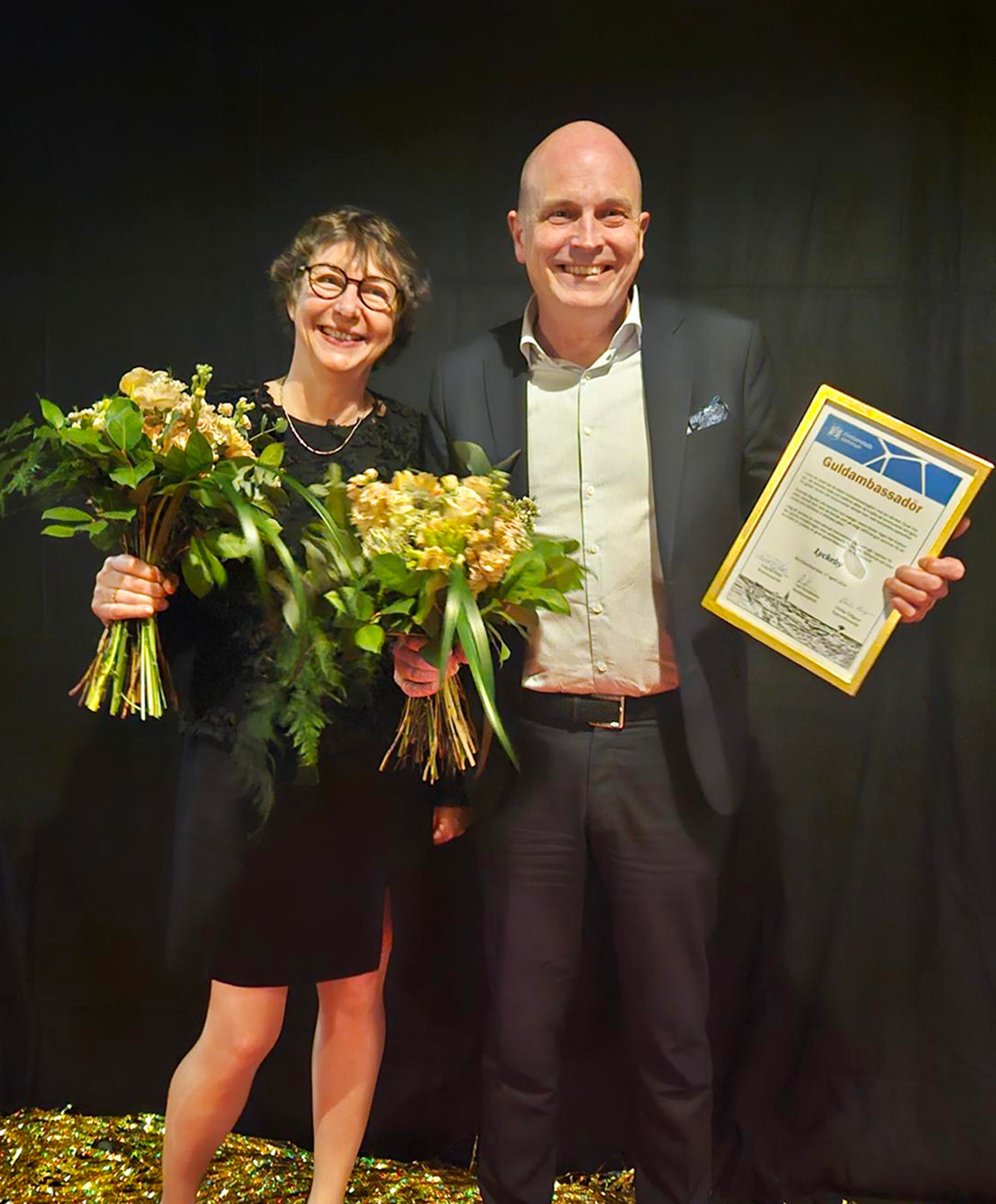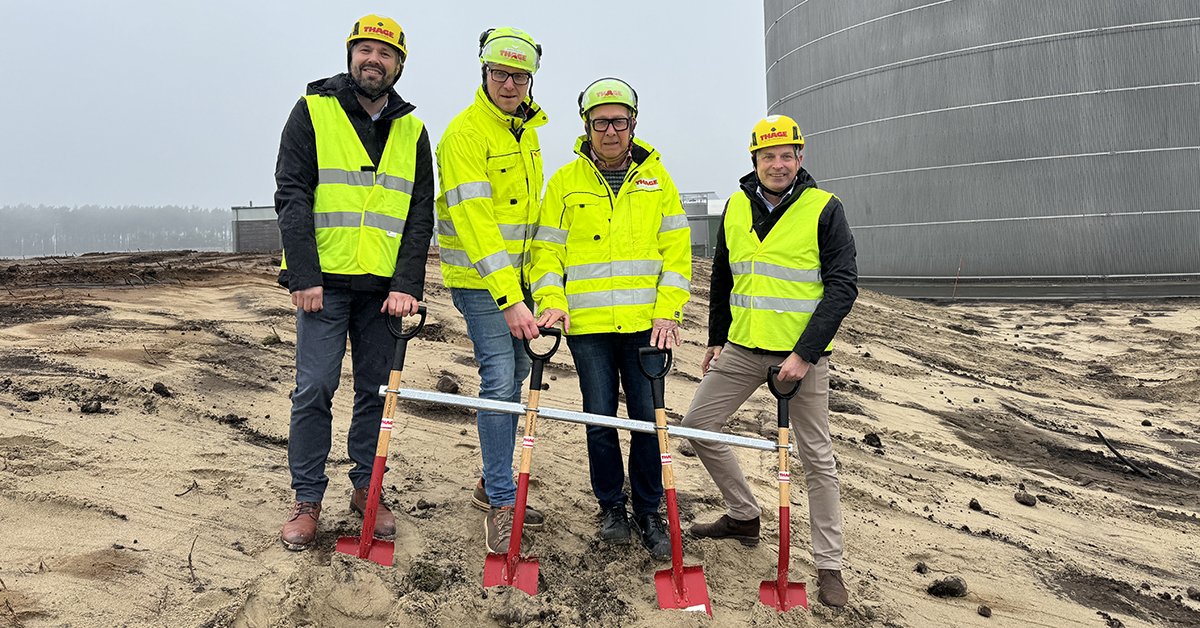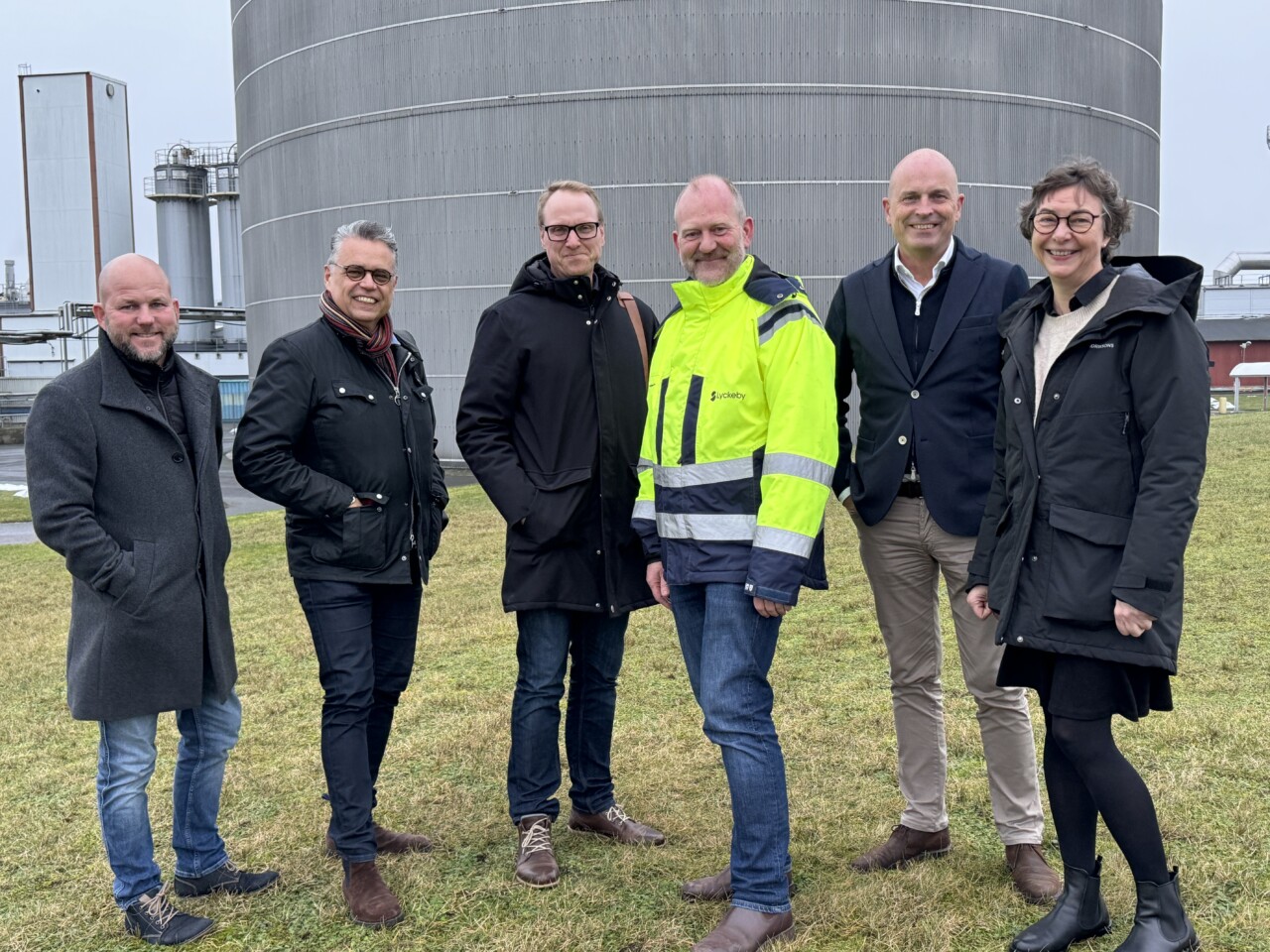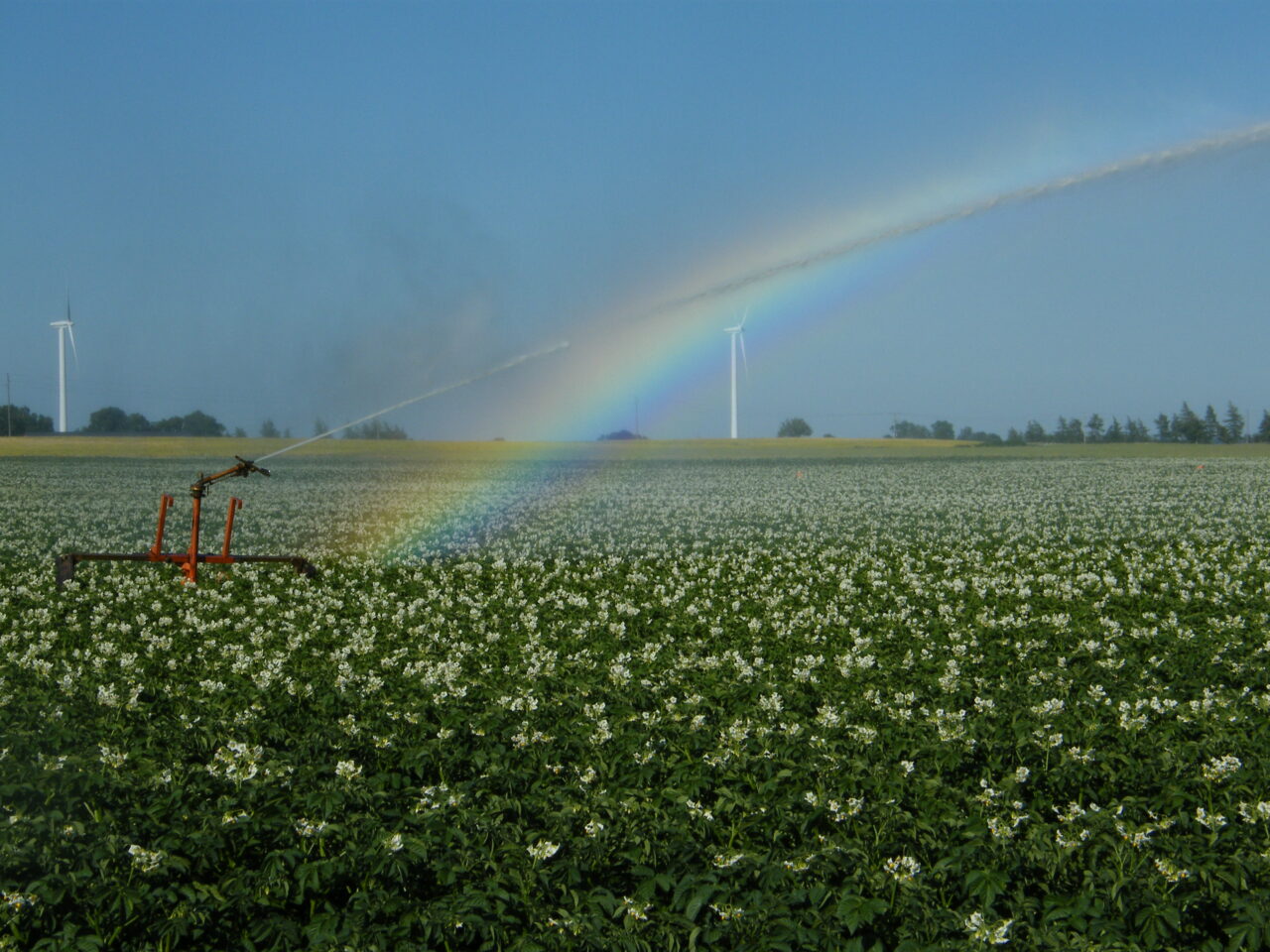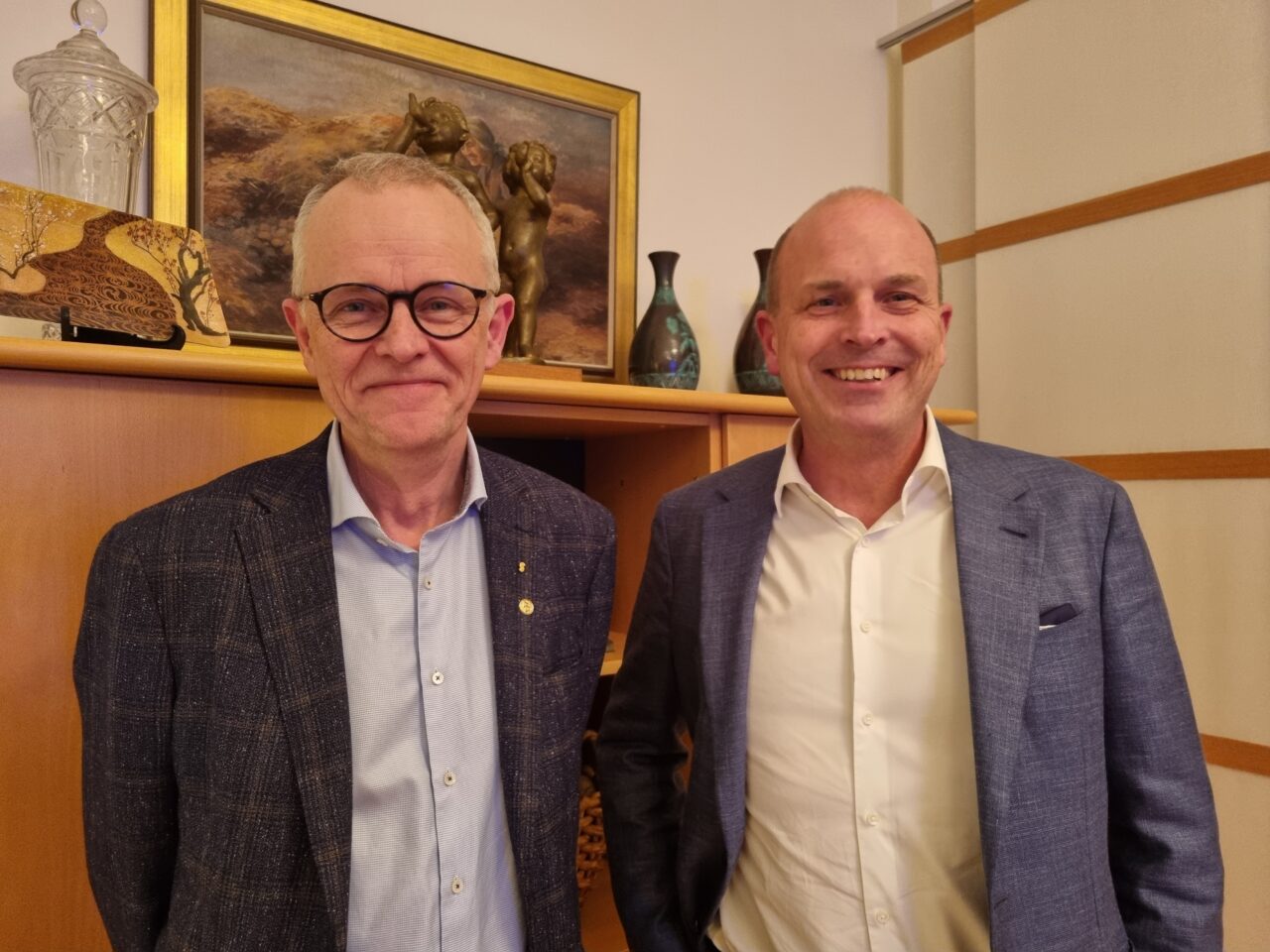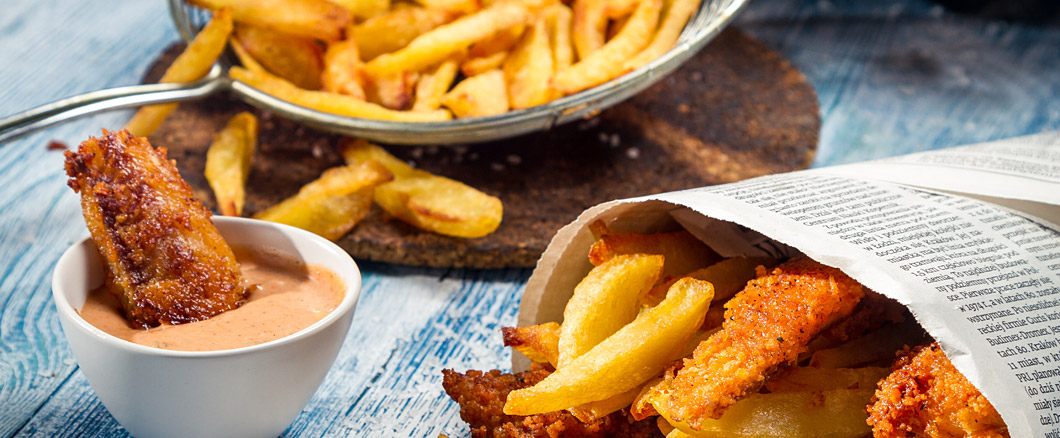To come into effect the proposal has to get approval from the EU council as well. Member states need to reach an agreement before there can be a final negotiation between the Parliament, the Commission and the Council. Within the program SLU Grogrund, we were early adopters of the genetic scissors. We utilize them to explore desirable traits in potatoes (such as improved drought tolerance and reduced levels of toxic glycoalkaloids), rapeseed (with enhanced protein quality), wheat (with lower cadmium accumulation), and sugar beet (with resistance to nematodes).
SLU Grogrund serves as a hub for plant breeding where academia, the agricultural industry, and society collaborate for a sustainable and climate-friendly food production. In addition to Lyckeby and the Swedish University of Agricultural Sciences, Lantmännen and LRF are participating partners in SLU Grogrund.
Proteins from potatoes – a unique breakthrough with genetic scissors as a tool
Potato tubers contain high-quality proteins that become a by-product in starch extraction. Unfortunately, toxic glycoalkaloids from potatoes end up in the same fraction as the proteins during this process, making it difficult to use the by-product as food. This is where SLU Grogrund comes into play. The program, which is a collaborative effort, has enabled the development of unique potato clones that are virtually glycoalkaloid-free.
– This is groundbreaking research that, combined with industrial interests, contributes to increased food safety and new food products for the benefit of consumers, says program director Eva Johansson.
Folke Sitbon is a plant biologist and coordinates SLU Grogrund’s research on glycoalkaloids in starch potatoes.
– With the help of gene scissors, we can remove the trait of producing toxic substances. This allows us to utilize future varieties of starch potatoes as food in a new way. Using the by-product as a protein source would reduce our dependence on animal protein and imported soy, he explains.
If the legislation passes, low-glycoalkaloid potatoes will be allowed to be grown and used in the EU. If the proposal does not pass, there are still food producers outside the EU who are interested. This type of starch potato can be developed from various potato varieties suitable for cultivation in different parts of the world.
– We will see how the legislation turns out. It would be exciting to see the results of our research enter the European market, and disappointing if the EU falls behind, says Folke Sitbon.
Sometimes genetic scissors are referred to as a kind of magic wand. But it’s not possible to change any traits with it. Moreover, genetic scissors are better suited for the plant breeding of certain crops. It is far from going to replace all conventional plant breeding.
Mariette Andersson and colleagues in Alnarp are pioneers in developing protocols for the use of genetic scissors in potatoes. As a researcher within SLU Grogrund, she is involved in several projects.
– For potatoes specifically, gene scissors are a convenient tool, as the crop has a complex genome, is propagated with tubers, and takes relatively long time to breed by crossing, she says.
In addition to being used for commercial purposes, genetic scissors are also an extremely useful tool in basic research.
– We have made significant strides in understanding the entire glycoalkaloid biosynthesis by knocking out gene by gene. It has been impossible to conduct this type of study efficiently before, says Mariette Andersson.
Lyckeby is involved in developing the technology
The company Lyckeby began their development work within modern plant breeding technology using the genetic scissors, Crispr/Cas9, in 2013. The aim was to create a starch potato containing only short-chain amylopectin starch. The new starch has properties that enable it to be used in applications that traditional starch cannot handle without first being modified with chemicals.
Together with Mariette Andersson and Per Hofvander, researchers at the Swedish University of Agriculture, SLU, a preliminary study on the technology was started, where it was concluded that a desirable mutation can be created in the starch potato. The success made them further invest and after two years they had the first potato prototype ready. The process of moving from laboratory to commercial cultivation was initiated with the goal of launching new products.
Unfortunately, it turned out to be a longer and more complicated journey than expected. Since 2018, they have had to consider the new starch potato as a GM crop, which has made the project more difficult. Despite that, they chose to invest with continued hope that it will be fully possible to use the technology within the EU.
For Mathias Samuelsson, Sales Director at Lyckeby, who has been part of this project for many years, it is therefore gratifying that the EU Commission’s proposal has been approved by the EU Parliament.
– A modern legislation for plant breeding that enables the safe use of Crispr/Cas9 is very welcome. Now agriculture within the EU will be able to reach the climate goals and for our part it means strengthened competitiveness and that we can reach our sustainability goals, he says.
Today, Lyckeby contributes with its knowledge and experience regarding genetic scissors, from a food producer perspective, in SLU Grogrund.
Facts:
- With genetic scissors, targeted mutations (precise changes) are made in genomes.
- At the molecular level, there is no difference between mutations that occur naturally, randomly induced, or with the help of genetic scissors.
- Genetic scissors allow the plant breeder to control where mutations occur in the genetic material, and thus which traits it will affect. (In plants with random mutations, the breeder must search for the desired mutations and avoid undesired ones – a costly and time-consuming process.)


